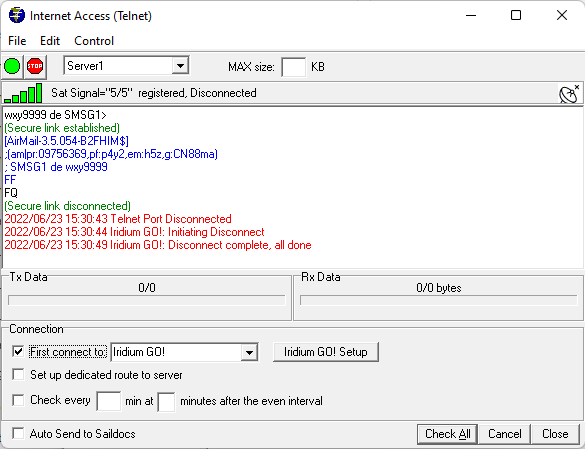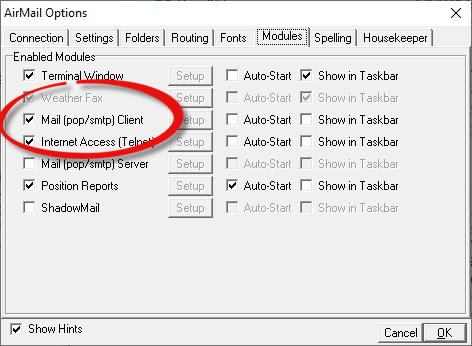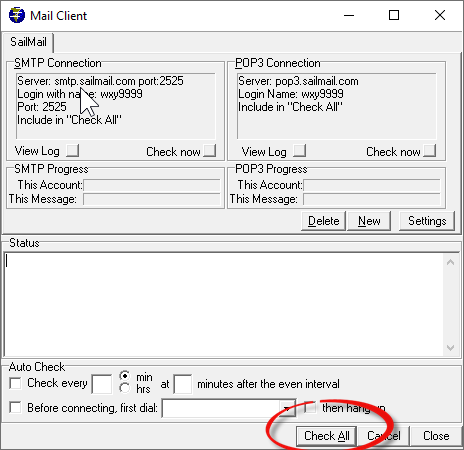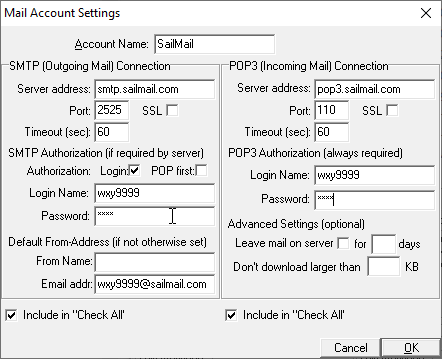An Iridium 9555 or 9575/Extreme handset connects to the computer via a USB cable, and will need USB drivers to function properly. Iridium offers a driver-installer program, but with a spring 2021 Win-10 update that quit working properly. For recent Win-10 versions, we recommend either using Windows default drivers or installing the Iridium drivers manually as described below.
First, check your Windows-10 version: Open Windows settings, select “System” and then “About”. The Windows version is shown at the bottom. For Windows version 2004 (build 19041.xxxx) or later, use the Windows default install below. For earlier Win-10 versions (ver 1909 or earlier) then use the Iridium Driver-Installer below. Earlier versions of Windows (e.g. Win-7) should use the manual installation below.
Windows default: Updated versions of Windows-10 will install the correct driver for the Iridium handsets. If you open Windows Device manager before connecting the phone, then you can check the install and note the COM-port number (e.g. COM3) for setting up the connection.
Open Windows Device Manager (use Windows Search for that name), find “Ports” and expand that. This will show any serial ports that are plugged in (including the Iridium “USB Serial Port” once configured). Now connect the phone, and Windows will install it as a “USB serial device” and you will see that appear in the “Ports” list. Note the COM-port number (e.g. COM3).
Also check that the drivers installed correctly: Double-click the “USB Serial Device” in Device Manager (or right-click and select “Properties”), and check for “This device is working properly”. If you see that, and no yellow warning icon, then you are all set, proceed to the Iridium set-up page.
You can also proceed with the manual install below. This will change the device name from the generic “USB Serial Device” to “Iridium 9555A Handset USB Serial Port” (or similar) “. The drivers however are the same, just a different device name.
Manual driver installation: If you see a yellow warning icon in Device Manager, or if the device “Properties” window indicates an error, then manually install the drivers as follows:
A CD-ROM disk that came with a recently purchased phone should have the correct driver files (.inf and .cat files). You can also click here to download them. Open the “zip” file and copy the “Iridium-9555-9575” folder to a “Drivers” folder on your hard drive (C-Drive), create a “Drivers” folder first if needed.
To manually install the Iridium USB drivers, right-click on the “USB serial device” that appeared when the handset was plugged in, and select “Update drivers”. Click “Browse my computer…”, and browse to the “Iridium 9555-9575” folder under Drivers on the C-Drive. (Or the CD drive if using that). Be sure that “Include subfolders” is checked. Click “Next” and verify that Windows successfully updated the drivers. Windows Device Manager should now show “Iridium 9555A Handset USB Serial Port” (or similar) with the same COM-port number.
If Windows indicates that the “Best drivers are already installed”, or if you still see an error or yellow warning icon, then delete the current drivers as follows and then repeat the manual installation.
To delete the Iridium device drivers, right-click on the USB Serial Port device and select “Uninstall device”. If you see a box for “Delete the driver software for this device”, then check that. Then click “Uninstall”. Next, select Device Manager’s “Action” menu and click “Scan for hardware changes”, or disconnect and reconnect the handset. Depending on the Windows version, this will install the default Windows USB/serial drivers or you can repeat the manual install, above. Note the Comport-number when Device Manager refreshes, you will need that for the modem setup.
Iridium Driver-Installer: If you have an earlier version of Win-10 (1909 or prior) and are unable to update or prefer not to, then you may need to use Iridium’s Driver-Installer. This only works properly for older Windows versions. There is no harm in trying it, however, and it can be removed as described above. Click here to download a copy, or download it from the official iridium driver page here: https://www.iridium.com/services/data-tools/
Troubleshooting: If you previously installed Iridium drivers using the Iridium driver-installer program then you will see “Iridium Handset USB Serial Port” (or similar) instead of “USB Serial Device”. If it has a yellow warning icon then delete the drivers (see above), otherwise give it a try. It may work depending on your Windows version.
The original Iridium USB drivers (prior to 2016) for the 9555/9575 handsets were not compatible with Windows 10, resulting in a “blue screen” (BSOD) Windows crash whenever the USB port was opened. It took a long time for updated drivers to become available, in the meantime we created a work-around (details below) which is no longer needed. So if you see a warning from Airmail that the “Iridium drivers may not be correct…” you should ignore that. Check the “stop asking” box and click OK.
If you have already done our previous workaround, then there is no need to un-do that. If you installed ver 3.5.041 of our Airmail software and used the driver-checker then again this works fine, but you can re-open Airmail’s “Check Iridium Driver” (under Tools menu) and click “Reset Driver-Test Mode”. Also, if you disabled the UEFI “Secure Boot Mode” then you can re-enable that if you want: From the Windows button click Power, Shift-Restart, Troubleshoot, Advanced Options, UEFI Firmware settings, Restart, “Secure Boot Control”.
The official iridium driver page is here: https://www.iridium.com/services/data-tools/ However, only the driver-installer is listed there. That no longer works properly as of mid-2021 so do the manual install above.
Once the drivers are installed, go back to the Iridium set-up page to finish the setup.




